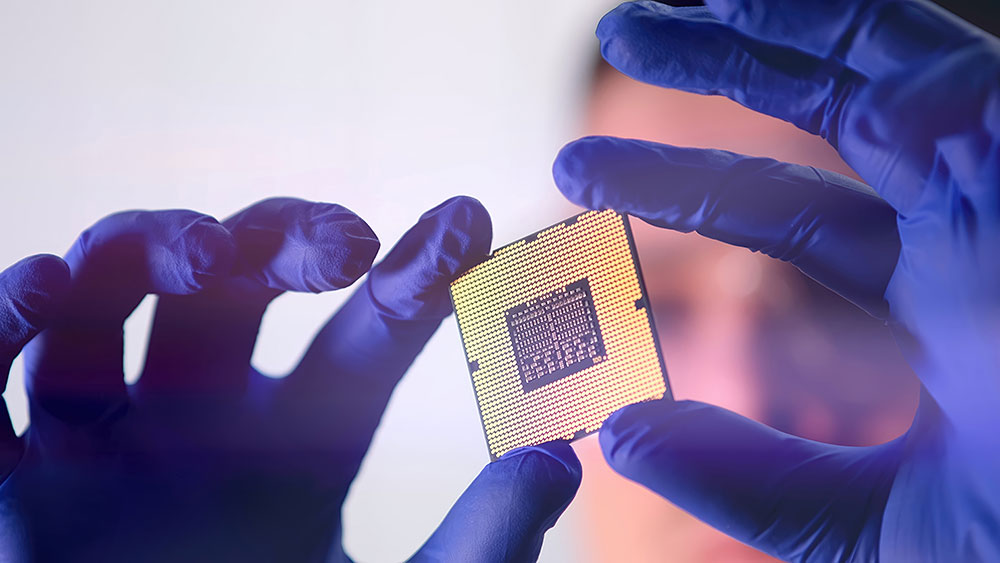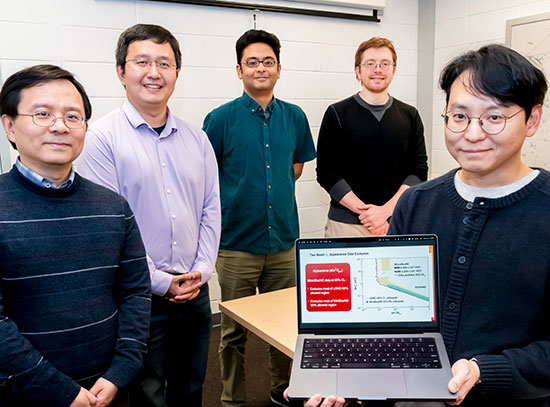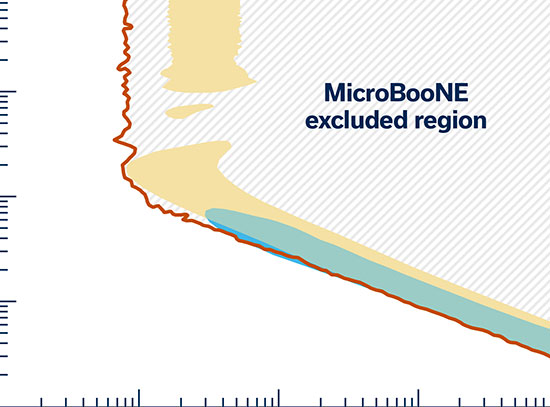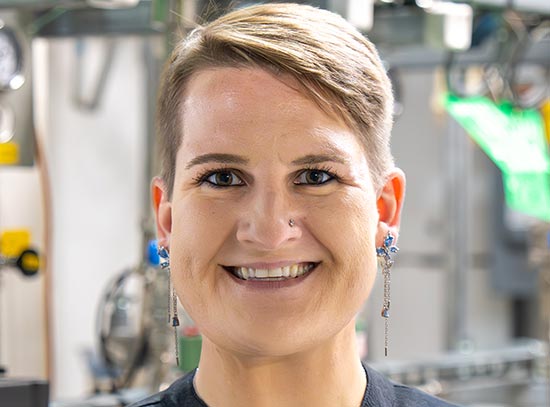Department of Energy Announces $179 Million for Microelectronics Science Research Centers
Centers focus on basic research to transform the energy efficiency of microelectronics and create microelectronics for extreme environments
December 26, 2024

Editor’s note: The following news release was originally issued by the U.S. Department of Energy (DOE). DOE’s Brookhaven National Laboratory will lead Electro-Photonic Integrated Platform for Near-Sensor Processing in Extreme Environments (El-Pho), one of 16 new projects constituting the microelectronics scientific research centers (MSRC) just announced by DOE. El-Pho is a collaborative, cross-disciplinary project that aims to improve the operational energy efficiency and transmission speeds of microelectronics for data-intense systems that operate in extreme environments, such as cryogenic temperatures, intense magnetic fields, and harsh radiation. The Brookhaven Lab team — led by staff scientist Grzegorz Deptuch and supported by several partners from national labs, academia, and industry — will develop a cutting-edge research platform, envisioned as an incubator of innovation. There, the team will study and optimize microelectronics circuits that can handle large quantities of data, such as those produced in complex multi-modal detectors that are expected to operate at ever increasing rates, with near-sensor processing. El-Pho builds on key initiatives in the field of microelectronics research, such as electro-photonic detector units, on-the-fly data pre-processing, and electro-photonic processor architectures. For more information on this Brookhaven-led MSRC project, contact Stephanie Kossman (skossman@bnl.gov, 631-344-8671).
WASHINGTON, D.C. - Today, the U.S. Department of Energy (DOE) announced $179 million in funding for three Microelectronics Science Research Centers (MSRCs). These three MSRCs will perform basic research in microelectronics materials, device and system design, and manufacturing science to transform future microelectronics technologies. The MSRCs were authorized by the Micro Act, passed in the CHIPS and Science Act of 2022, and complement the activities appropriated under the CHIPS and Science Act at the Department of Commerce, the Department of Defense, and other agencies.
For decades, DOE has been at the leading edge of microelectronics, both as a consumer and as an engine of scientific understanding that has enabled many of the technological breakthroughs adopted by industry. Today, as we look beyond Moore’s Law, the emergence of new computing, artificial intelligence, and sensing workloads, in addition to rapidly expanding data, have resulted in an unprecedented need and opportunity to redesign the microelectronics materials and innovation process. In addition to needing more energy efficient microelectronics, DOE also needs microelectronics designed to operate in extreme environments, including high-radiation, cryogenic, and high magnetic field environments.
“Advancements in microelectronics are critical to furthering scientific discovery,” said Harriet Kung, DOE’s Office of Science Deputy Director for Science Programs. “The innovations that come from these research centers will improve our daily lives and drive forward U.S. leadership in science and technology.”
The three MSRCs are:
- The Microelectronics Energy Efficiency Research Center for Advanced Technologies (MEERCAT) is committed to revolutionizing energy-efficient microelectronics by advancing integrated innovations across materials, devices, information-carrying modalities, and systems’ architectures. Focusing on intelligent sensing, data bandwidth, multiplexing, and advanced computing, the center will explore transformative solutions that seamlessly bridge sensing, edge processing, artificial intelligence, and high-performance computing. Through end-to-end co-design, spanning nanoscale materials, neuromorphic architectures, in-transit data processing, and heterogeneous integration, MEERCAT will discover new approaches for real-time energy-efficient information handling. By leveraging state-of-the-art methods for synthesis, simulation, and prototyping, the center will accelerate the deployment of novel concepts, enabling scalable, sustainable, and data-challenge-ready systems that redefine computing and sensing paradigms.
- The Co-design and Heterogeneous Integration in Microelectronics for Extreme Environments (CHIME) Center aims to drive transformative advancements in extreme environment electronics through heterogeneous integration and a seamless fusion of diverse materials, processes, and technologies to enable next-generation systems. The center will create robust, high-performance solutions capable of excelling in the most challenging conditions, including extreme thermal and radiation environments. Through co-design spanning materials, devices, circuits, and systems, the center will harness interdisciplinary expertise to optimize technologies from the atomic scale to fully integrated instrumentation. The center’s efforts will advance rapid prototyping methodologies to accelerate the innovation cycle, enabling swift iteration and validation of novel concepts. By bridging the gap from lab-to-fab, the center will translate groundbreaking research into scalable, manufacturable solutions that address critical societal and industrial needs.
- The Extreme Lithography & Materials Innovation Center (ELMIC) aims to advance the fundamental science driving the integration of new materials and processes into future microelectronic systems, focusing on key areas such as plasma-based nanofabrication, extreme ultraviolet (EUV) photon sources, 2D-material systems, and extreme-scale memory. The center’s scientific investigations will be informed strongly by a systems-to-physics motivation aimed at long term impact.
The centers are formed as networks of projects, 16 in total led out of 10 national laboratories. These projects were selected by competitive peer review under the DOE Laboratory Announcement “Microelectronics Science Research Center Projects for Energy Efficiency and Extreme Environments.”
Total funding is $179 million for projects lasting up to four years in duration, with $41 million in Fiscal Year 2024 dollars and outyear funding contingent on congressional appropriations. The list of projects and more information can be found on the Office of Science program page.
Selection for award negotiations is not a commitment by DOE to issue an award or provide funding. Before funding is issued, DOE and the applicants will undergo a negotiation process, and DOE may cancel negotiations and rescind the selection for any reason during that time.
2024-22258 | INT/EXT | Newsroom









